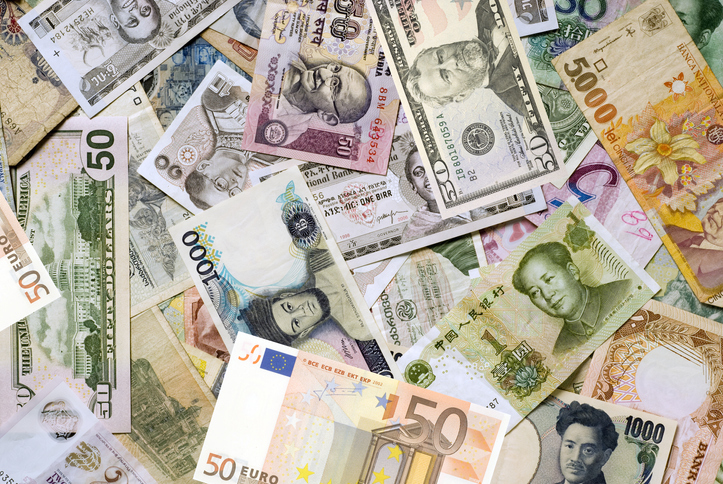
March 27, 2023
India's Foreign Currency Assets (FCA) increased by US$ 10.49 billion to US$ 505.34 billion
The country's gold reserves rose by US$ 2.19 billion to US$ 44.11 billion
Special Drawing Rights (SDRs) and reserve position in the International Monetary Fund (IMF) increased by US$ 98 million and US$ 29 million, respectively
At the beginning of 2022, India's forex reserves were around US$ 633 billion

India’s foreign exchange reserves increased by US$ 12.8 billion to reach US$ 572.8 billion as of March 17, 2023, according to data from the Reserve Bank of India (RBI). This is the highest level since early February 2023. The previous week’s data showed that the country’s forex reserves had fallen to US$ 560 billion as of March 10, their lowest level since early December.
India’s Foreign Currency Assets (FCA), which make up the largest portion of the forex reserves, increased by US$ 10.49 billion to US$ 505.34 billion. Meanwhile, the country’s gold reserves rose by US$ 2.19 billion to US$ 44.11 billion, and its Special Drawing Rights (SDRs) and reserve position in the IMFs increased by US$ 98 million and US$ 29 million, respectively.
At the beginning of 2022, India’s forex reserves were around US$ 633 billion, but much of the decline since then can be attributed to recent RBI intervention and a rise in the cost of imported goods.
The current exchange rate of the rupee is above 82 per US dollar, with the rupee depreciating by 24 paise to close at 82.44 (provisional) against the US dollar on Friday. The depreciation can be attributed to the strength of the American currency and massive selling in the domestic equity market, as well as depleting forex reserves due to the high cost of imported goods and ongoing US Federal Reserve monetary policy tightening.
Media reports said that investors tend to move towards stable markets such as the US for better and more stable returns during times of tight monetary policy.
The RBI intervenes in the forex market from time to time through liquidity management, including selling dollars, to prevent a steep depreciation in the rupee. The central bank also intervenes in the spot and forwards market to prevent runaway movements in the exchange rate between the rupee and the dollar. The RBI has also noted that changes in reserves can be influenced by valuation gains or losses.
Source: Economic Times